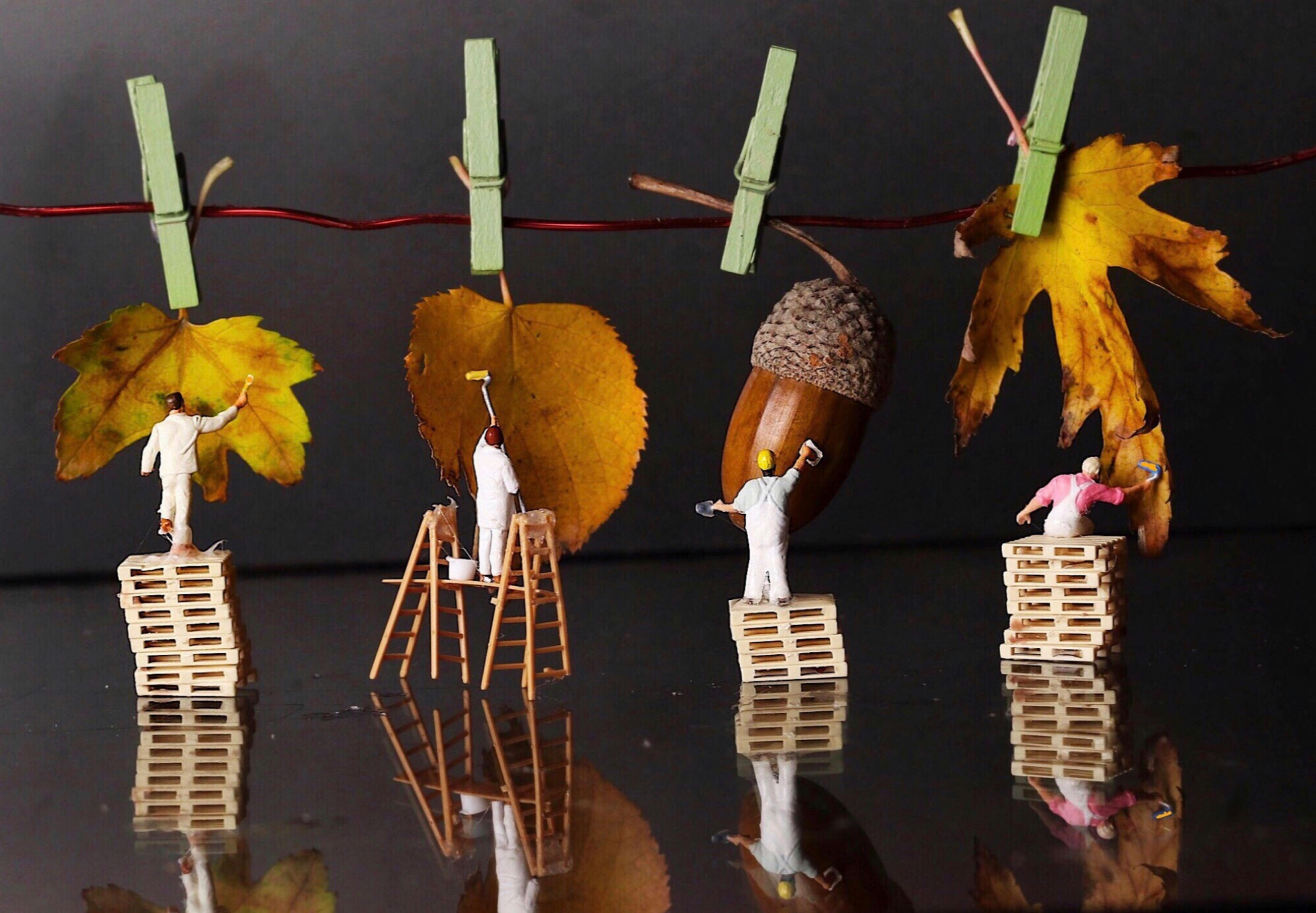A Glimpse into the Resurgence of Miniature Painting
Miniature painting, an ancient art form known for its intricate detail and precision, has recently experienced a resurgence in popularity. This article delves into the history and revival of this mesmerizing art form, exploring its impact and significance in the contemporary world.

The Historical Canvas: Miniature Painting
The art of miniature painting dates back to the medieval period, with roots in the illuminated manuscripts of monks. The Middle Ages saw the creation of miniature portraits, which became popular for their portability and personal touch. The art form flourished in Persia and South Asia, where it was used to illustrate texts and depict grand narratives in a compact form.
Modern Brush Strokes: The Revival
Fast forward to the 21st century and this historic art form is witnessing a renaissance. Artists are revisiting the traditional techniques, adapting them to contemporary themes and styles. The resurgence of miniature painting seems to be a reaction against the increasing digitization of art, a return to the tangible and intricate craftsmanship.
Impact and Significance: Reimagining the Tiny Canvas
The revival of miniature painting has had a significant impact on the art world. It challenges the convention that bigger is better, demonstrating that impactful art can come in small packages. Miniature paintings offer a unique perspective, forcing viewers to engage closely with the artwork, fostering a private and intimate experience.
Current Developments: A Canvas in Every Pocket
The recent surge in interest and demand for miniature painting has led to the emergence of online platforms dedicated to promoting and selling these artworks. Several artists and enthusiasts are using social media to share their creations and exchange techniques, further propelling the popularity of this art form.
Concluding Strokes: The Future of Miniature Painting
The resurgence of miniature painting reflects a broader trend of revisiting and revaluing traditional art forms. Its revival is not only a testament to the adaptability and enduring appeal of this art form but also a reminder of the power of art to connect us with our past while continually evolving. As we move forward, it will be interesting to see how this art form will continue to adapt and thrive in the digital age.




